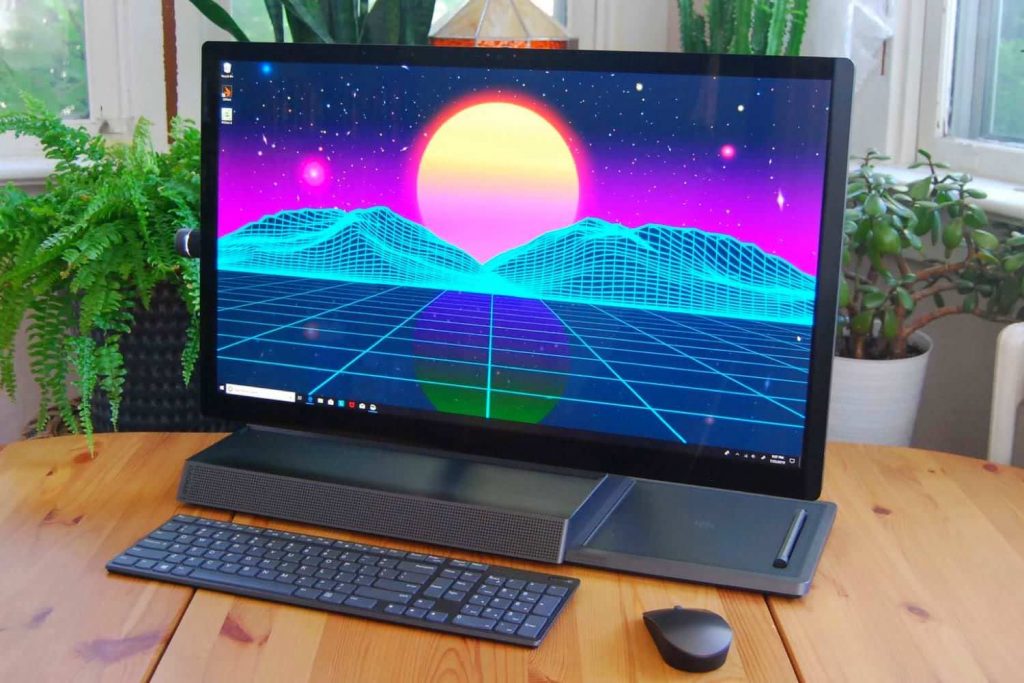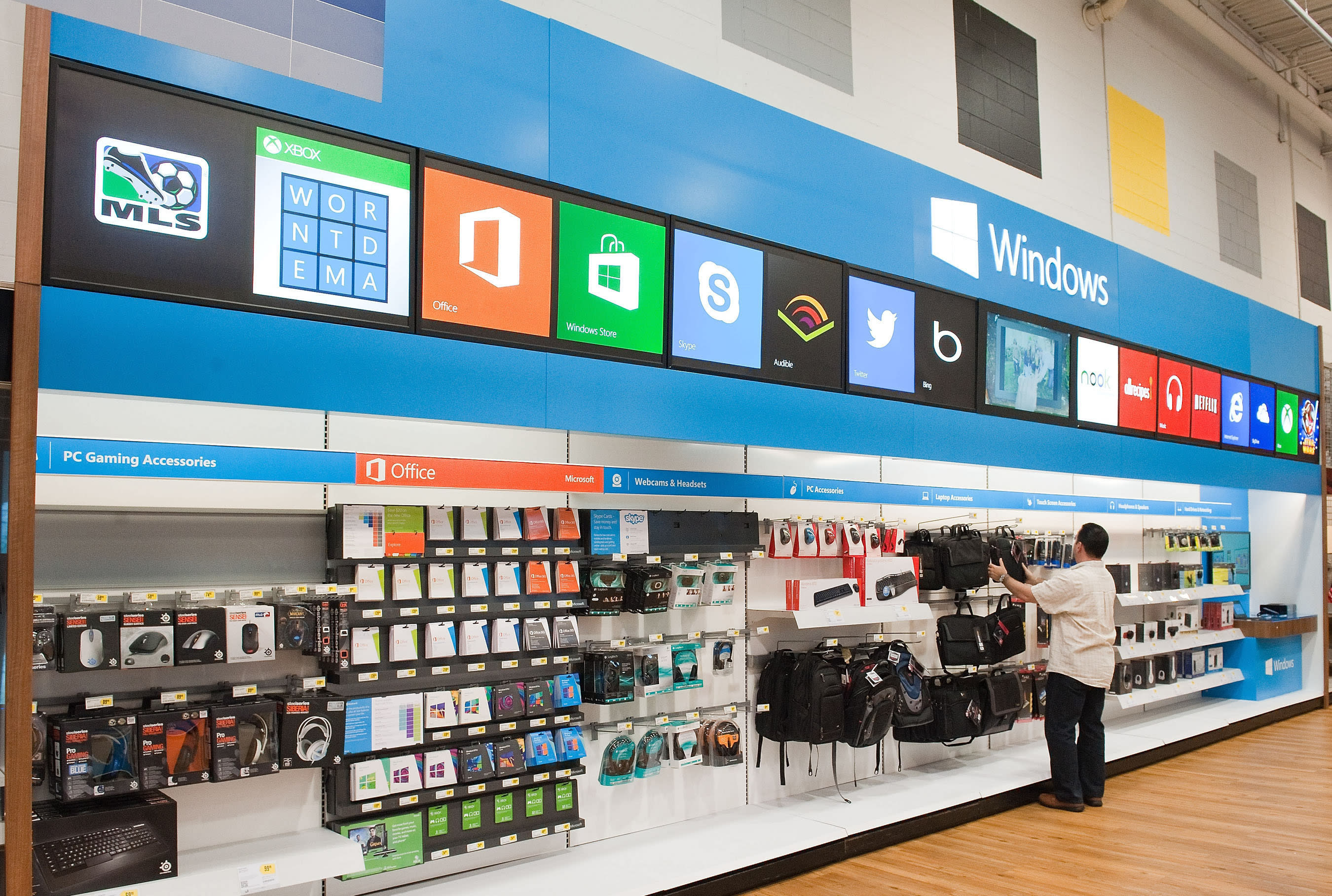

Laptops and PCs without TPM support in BIOS might run into Windows 11 installation issues. TPMs have been required for OEM certification since at least 2015 and was announced in 2013: For Intel its called the "Intel PTT" which you set to enabled. And Microsoft did say that Windows 11 will be more secure than ever.Īlmost every CPU in the last 5-7 years has a TPM. This should help improve protection against malware and ransomware. The Verge points out that Windows 10 users have been downloading Microsoft’s PC Health App, which can quickly tell them if Windows 11 works on their systems.Īlso, Windows 11 now requires a TPS (Trusted Platform Module) of 1.2 support or later as well as UEFI Secure Boot. Hopefully, you won’t have to downgrade to Windows 10 if something fails to work properly. The installer will warn you if your CPU isn’t supported, but you’ll still be able to install Windows 11, which is bizarre. Strangely, Microsoft said the CPU generation is just a “soft floor” limit for Windows 11 installs.


That’s just speculation at this point, as Microsoft hasn’t explained it yet. Otherwise, some experiences might be unavailable to users or they might run into performance issues. It’s unclear why Windows 11 needs these new CPUs, but it’s not unexpected for new OS releases to require certain hardware. Add to that Microsoft’s claims that Windows 11 will be faster to wake and boot, that updates will be significantly smaller, that browsing will be faster in Edge, and that Windows 11 uses less energy than before and is the most secure version of Windows so far, and you end up with an OS update worth installing on your PCs. There’s a new way to arrange and manage windows that might improve multitasking and productivity, a new Microsoft Store experience that introduces support for Android apps on Windows, improved tablet features for laptops with touchscreens, and brand new gaming features borrowed from Microsoft’s Xbox universe. But Windows 11 also brings over various new features that users will be excited about. Windows 11 comes with a new user interface that puts the start menu front and center, which is the kind of visual transformation that would qualify as a Windows 10 theme makeover. Microsoft finally launched Windows 11 earlier this week, proving that the operating system update isn’t what many feared - a Windows 10 paint job.


 0 kommentar(er)
0 kommentar(er)
